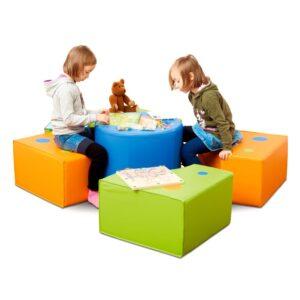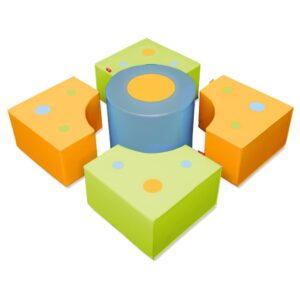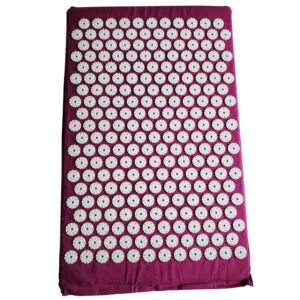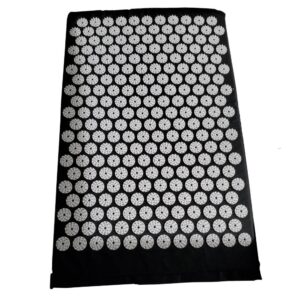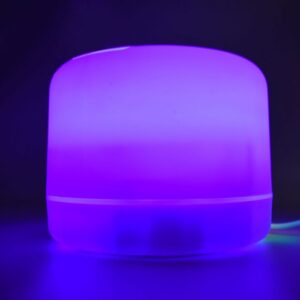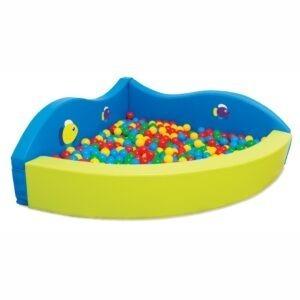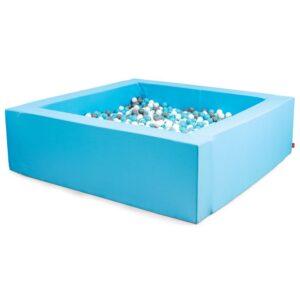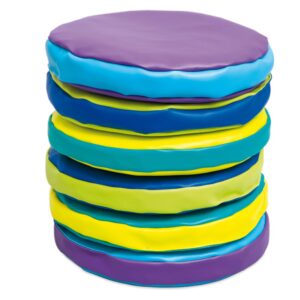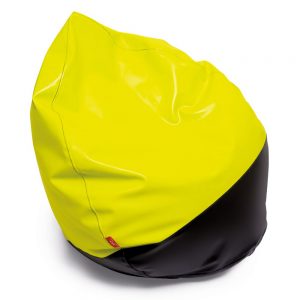A sensory room is a special room – or corner – designed in a special way to meet the need for sensory stimulation and sensory therapy, especially for people with developmental disorders, dementia, stress, etc. Sensory rooms are typically decorated with soft and comfortable furniture, often foam, in bright colors and illuminated with sensory lights that provide color and movement. In addition, sensory rooms are equipped with various large and small tools such as sensory tiles, tactile paths, massage tools, sensory cushions, bean bags, ball pool, shielding, etc.
How each sensory room is designed depends on the user’s needs. Light, music, water and shielding are almost always used in sensory rooms, while the need for tactile stimuli or balance training, for example, varies more. In addition, the layout depends on the size and purpose of the sensory room. For example, a sensory room in the home could be created in a dark corner and furnished with a few sensory lamps and a bean bag chair. Meanwhile, the sensory room in the special needs facility or residential home can be spread across several small rooms, with each room designed according to the need to stimulate one of the senses, allowing users to choose what suits their needs at the moment.
Unfortunately, since most institutions don’t have that much space, it’s common to designate a room as a sensory room and set it up with different areas, e.g. tactile stimulation with a ball pool in one corner, sensory lighting in another corner, sensory furniture in the third corner – and then use the fourth corner for active sensory stimulation with e.g. massage, active tactile stimulation or balance training.
Regardless of how you choose to design your sensory room, it’s important to remember to consider the needs of your users to ensure they get maximum benefit from sensory therapy in terms of relaxation, calmness and improved mental wellbeing.


